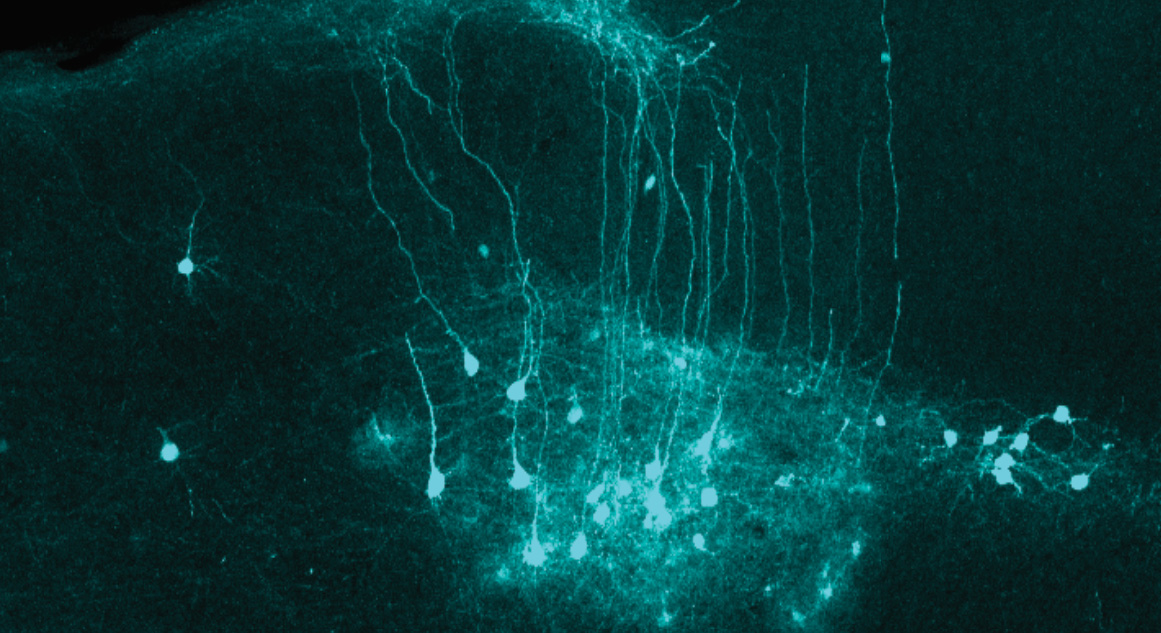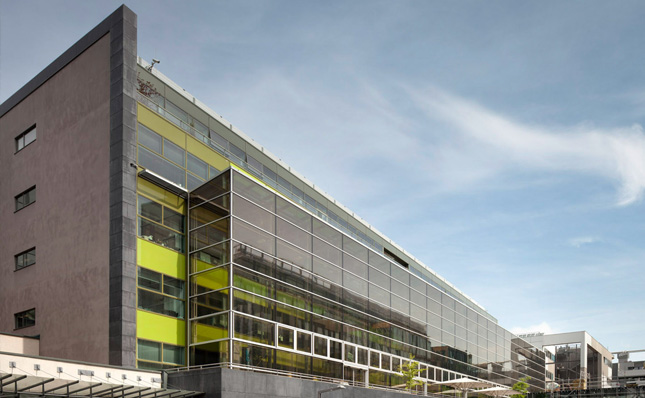Paper details
Cell transplantation is a promising therapeutic avenue for reconstruction of neuronal circuits in neurodegenerative disease and brain damage. Transplanted neurons of cortical identity integrate with remarkable specificity into circuitries of the mouse cerebral cortex pre-subjected to neuronal ablation. However, it remains unclear whether they can perform as flawlessly in a microenvironment undergoing reactive gliosis, inflammation, macrophage infiltration and ultimately scar formation, as featured in a brain trauma.

To elucidate the impact of the recipient microenvironment in cell therapy, we transplanted neurons into stab injured, inflamed-only, or intact mouse cerebral cortex. Brain-wide quantitative connectomics unraveled graft connections with correct regions across the host brain in all conditions, with enormous quantitative differences: very scarce in intact or inflamed brain, while highly exuberant in stab injuries.
Importantly, excessive synapse pruning follows the initial overshoot of host-graft connectivity upon stab injury. Thus, synapse formation and stabilization are regulated by extrinsic factors characteristic of the injury. Proteomic profiling identifies candidate molecules involved in the synaptic yield, essential to tailor in order to achieve functional restoration of neuronal circuits.
References:
1 Transplanted embryonic neurons integrate into adult neocortical circuits.Falkner S*, Grade S*, Dimou L, Conzelmann KK, Bonhoeffer T, Götz M#, Hübener M#.
Nature. 2016 Nov 10; 539 (7628): 248-253. doi: 10.1038/nature20113. PMID: 27783592.
(*co-first authors #co-senior authors)
2 Neuronal replacement therapy: previous achievements and challenges ahead.
Grade S+, Götz M+.
NPJ Regen Med. 2017 Oct 23; 2:29. doi: 10.1038/s41536-017-0033-0. PMID: 29302363.
(+co-corresponding authors).
3 Epithelial Sodium Channel Regulates Adult Neural Stem Cell Proliferation in a Flow-Dependent Manner.
Petrik D, Myoga MH, Grade S, Gerkau NJ, Pusch M, Rose CR, Grothe B#, Götz M#.
Cell Stem Cell. 2018 Jun 1; 22(6): 865-878.e8. doi: 10.1016/j.stem.2018.04.016. PMID: 29779889.
(#co-senior authors).


